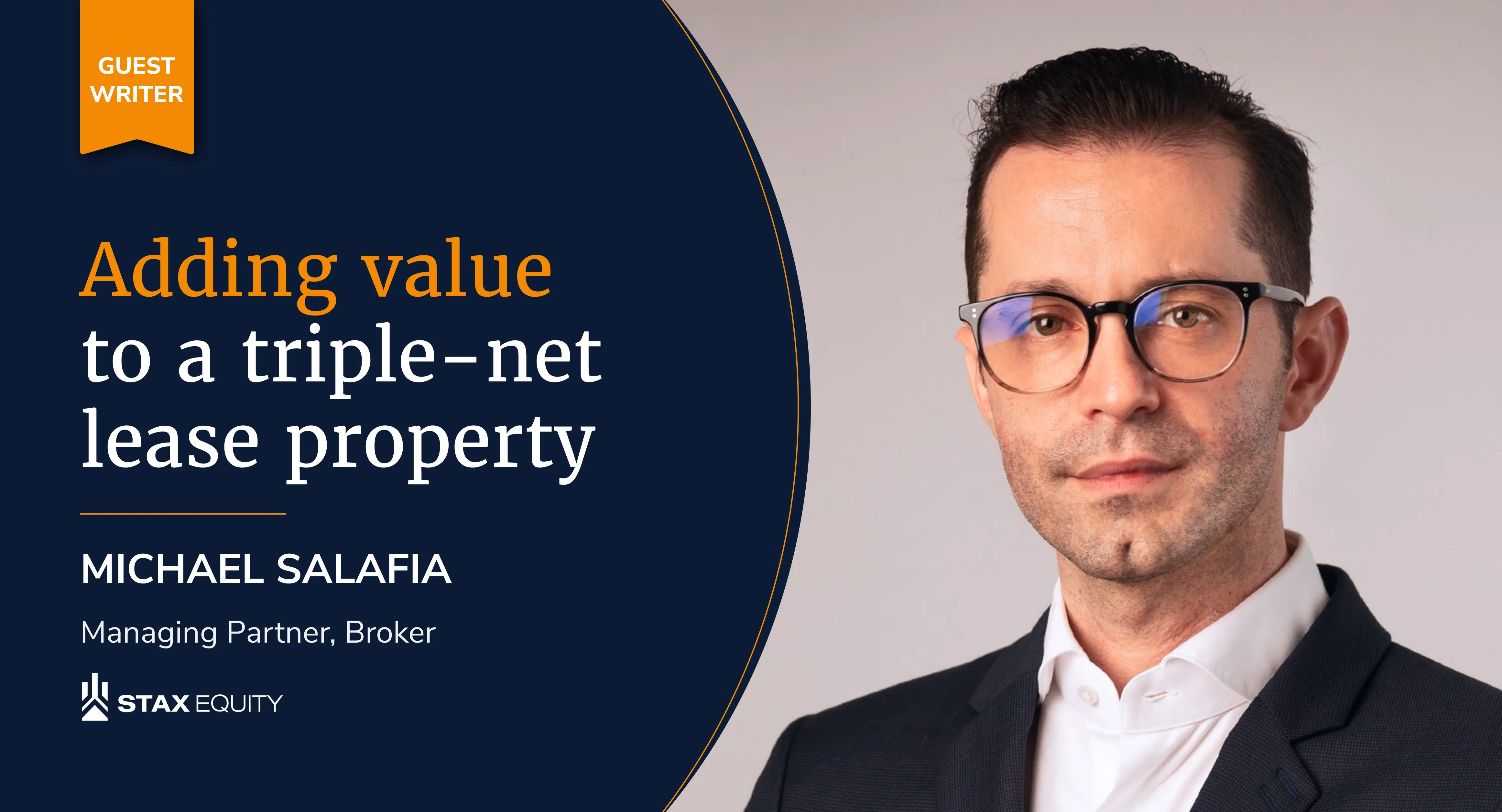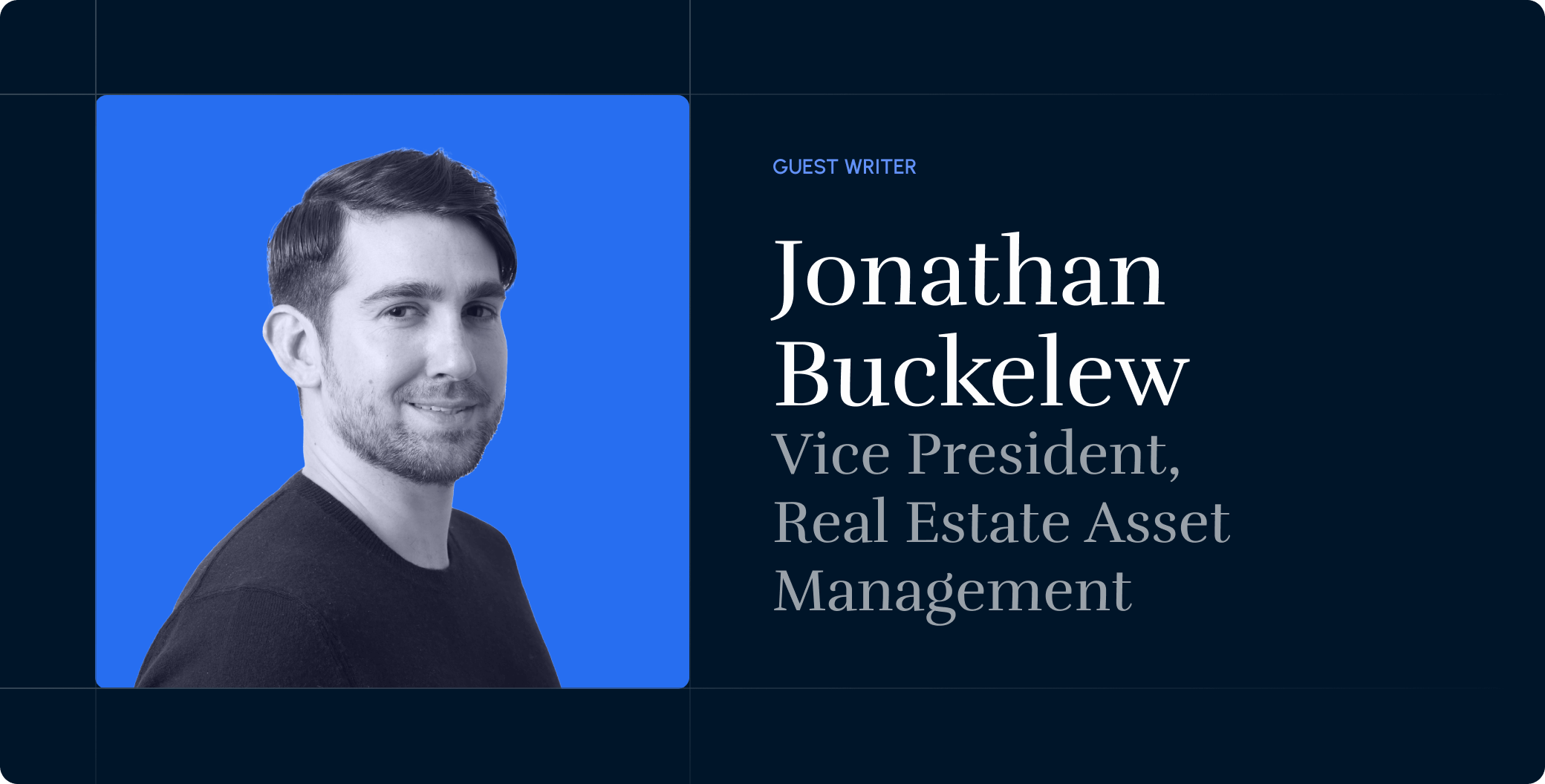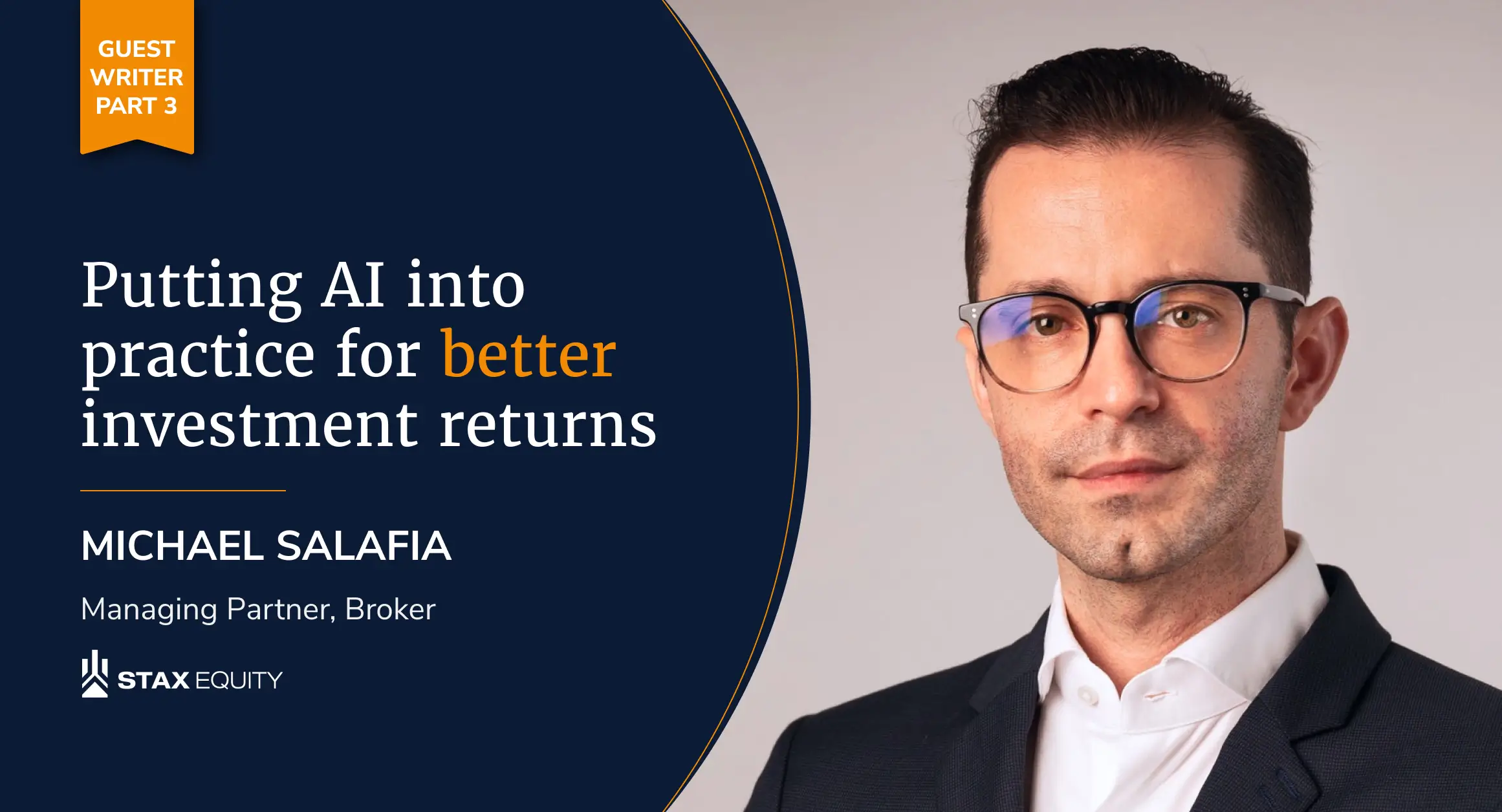We hear the term value-add thrown around a lot in commercial real estate.
With triple-net leases (NNN), tenants handle all property expenses – taxes, insurance, and maintenance. And these leases can be set for 10+ years. So, what’s the angle for investors to add value and boost returns?
Especially now, with compressed cap rates, opportunities seem few and far between. The market feels stretched. However opportunities exist for investors who apply creative strategies to what is happening in the market right now.
From our experience at STAX Real Estate, opportunities exist with underperforming assets where we can add value and achieve near-term upside. We focus primarily on gas stations, essential retail, and accessible healthcare. In 2023, STAX Real Estate has closed over $350 million in gas station and retail transactions throughout the United States. We have also leased over 1.75 million square feet of retail space this year.
For investors focused on triple-net leased properties, there are still avenues to unlock additional value in today’s market. If you are in triple-net leasing, here’s how to add value in today’s market.
Key strategies for adding value
The main drivers for value add with net lease properties come down to three key factors: the rent level, lease term, and tenant credit. Here’s how we approach each driver to increase the value of our NNN assets.
Income approach to rent
First, we take an income-driven approach and evaluate the rent coverage ratio compared to tenant business revenue. As a minimum qualifier, we recommend no less than 2x rent coverage. Banks typically won’t finance deals with less than 1.3x coverage.
If a tenant’s business income is $500K, annual rent expenses should ideally be $250K or less by this 2x benchmark. If the tenant is above the 2x threshold, there may be opportunities to increase the rent when acquiring the property – providing an immediate value-add.
Second, we evaluate possibilities to increase tenant revenue through property enhancements. For example, remodeling outdated restaurant interiors with modern lighting, seating, and finishes helps create an inviting environment that attracts more customers. Upgrades like exterior facelifts, parking expansion, or general interior updates could increase traffic and sales.
More business for the tenant allows landlords to justify increases in rent levels while still maintaining healthy coverage ratios.
Extending lease terms
We look for the opportunity to add stability when acquiring NNN properties. Long-term leases with creditworthy tenants provide security, whereas short-term leases nearing expiration pose risk. Extending lease terms with solid tenants allows us to add significant value to the property.
We use two proven strategies to achieve lease extensions:
Align rent with revenue
First, we restructure deals to align rent with tenant revenue and extend terms, even if it means reducing cash flow. For example, we purchased a property with a tenant at a 9% CAP rate. The existing lease had two years remaining, then a scheduled 10% rent increase.
By offering the tenant flat rent, we secured a 10-year extension. This enabled selling the stabilized asset just two years later at a 6% CAP rate – capturing value from the spread between our 9% purchase CAP and 6% sale CAP. Though near-term cash flow took a hit, the lease extension boosted long-term value.
Strategic property enhancements
Second, we negotiate property enhancements as part of lease extension agreements. We start by meeting with tenants to understand their needs and business. Oftentimes, we incentivize lease renewals by cutting a check to tenants to implement improvements themselves.
For example, we may give a gas station tenant capital to add a car wash, increasing their revenue. This helps us to secure tenant stability with longer lease terms, justification for future rent increases, and improved property valuation.
The tenant gets a funded upgrade, we gain stronger leases, the ability to boost rents, and increased asset value over time.
Emerging companies poised for growth
Getting guidance from major blue chip chains can be tough regarding lease renewals in nearer-term expirations. And their strong creditworthiness already comes with high valuations baked in.
Instead, we identify hidden value – lesser-known emerging chains poised for growth. These strategic relationships require patience.
As the tenant expands their footprint over our lease term, their corporate creditworthiness strengthens. While some term elapses, this positively impacts valuations. Their increased credibility unlocks higher sale prices when we eventually exit.
By investing early in relationships with expanding companies, our owned assets appreciate over time as the chains mature. The patience pays off as we tap into value unnoticed by those focused solely on established names.
Where are we finding the best value-add opportunities?
We’ve identified certain commercial verticals ripe with triple-net value-add potential:
- Healthcare – urgent care clinics, emergency rooms, medical office buildings. Demand for convenient and accessible care options continues rising, with Future Market Insights predicting a 9.6% CAGR from 2022 through 2028.
- Energy infrastructure – gas stations, power generation assets, utility equipment. Even water towers can be structured as net leased assets. We also see potential in renewable sources like wind farms structured under long-term leases.
We like gas stations, in particular, because they have barriers to new development, specialized permitting requirements, and predictable revenue streams.
- Necessity retail – dollar stores, pharmacies, grocers – provides stable occupancy even in downturns. Research firm Grand View projects a 3% CAGR for food and grocery retail from 2022 to 2030, underlining the sector’s resilience.
- Conversions also hold promise – transforming vacant bank branches or big box retail locations like Rite Aid or Bed Bath & Beyond, for example. With chains closing hundreds of stores, reimagining these empty big box spaces creates value plays.
Focusing on these resilient verticals experiencing high demand allows us to identify undervalued assets. We can then capture upside through renovations, lease restructures, and operating enhancements.
Technology as a competitive advantage
We’ve created advanced software to identify value-add deals ahead of the curve. Our proprietary analytics, machine learning and AI crunch huge datasets – traffic patterns, population, consumer spending – to predict investment performance.
GPs can incorporate machine learning into their investment strategy to automate diligence and financial modeling and speed up underwriting for acquisitions in hours rather than weeks.
Technology provides a competitive edge, and we can pivot swiftly as conditions change, constantly optimizing our pipeline.
Avoiding key risks in triple-net investing
Adding value takes creativity – and diligence. Experience has taught us key risks to watch for when buying NNN properties:
- Understanding the local market can make or break a deal. There’s no substitute for boots-on-the-ground diligence. We examine zoning, rents, and competition dynamics.
For example, we almost acquired a gas station with construction going on across the street. Pulling permits revealed a major competitor was building there that would dominate market share. Leveraging this local intelligence, we avoided the bad investment.
- Have an attorney review all leases-no two are alike. Investors can lose their protection by missing details like assignment clauses that erode guarantees and alter tenant credit profiles securing their investment.
- It’s best to know your tenant’s business. Whether gas stations, restaurants, or medical retail – each vertical has unique nuances. We hone expertise in our tenants’ operations and revenue drivers.
Adding value requires understanding what property improvements or lease terms provide the highest return for tenants so we can structure strategic upsides. There are no cookie-cutter approaches – success lies in becoming fluent in each tenant’s specific business model and competitive landscape.
Key takeaways
Adding value demands creativity in today’s compressed cap rate climate. But there are ways to uncover potential. The key is focusing on fundamentals.
We take an income-driven approach – analyzing tenant revenue coverage, assessing growth prospects, and strategizing improvements. Extending lease terms through win-wins and aligning rent to business income optimizes stability.
Success requires rolling up our sleeves, building genuine relationships, and mastering each tenant’s needs. With the right skills and perspective, upside can be found despite broader trends.

















